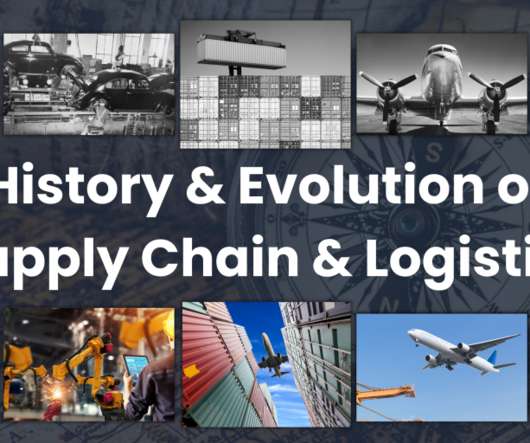Doing Business in Brazil
QAD
APRIL 11, 2019
Manufacturing in Brazil. After the intense investment in infrastructure to support the 2014 World Cup and 2016 Olympics, along with the recent “Brasil Major” initiative, Brazil is an emerging powerhouse rich in natural resources and with a strong focus on manufacturing and the supply chain. Other Important Industries.
















Let's personalize your content